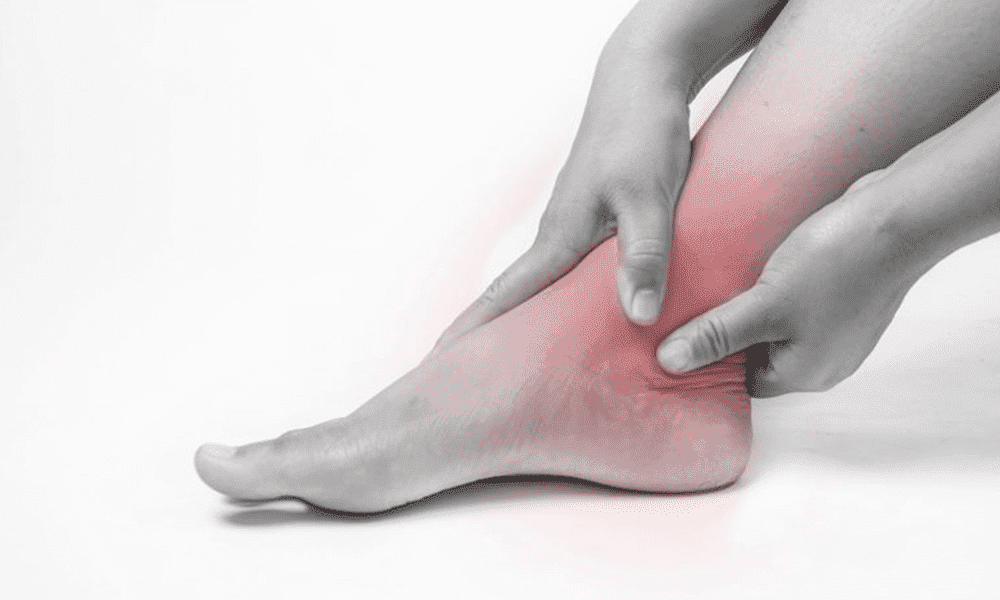If the tissues and ligaments connecting the bones of the leg to the foot suffer an injury or break, it causes ankle sprains. Since once the motion of the ligaments gets disrupted, it destabilizes the joint movements and thus causes unwanted sprains and takes a long time to heal. Especially someone full of enthusiastic energy and regularly participating in sporting activities is bound to get tripped or overstep on the wrong turn and suffer from ankle sprains. Hence, it would be best to consider visiting a professional foot and ankle specialist.
Here, we have outlined your ultimate guide to the different types of ankle sprains and the top reasons why they occur.
Know The Different Degrees of Ankle Sprain
Depending on the severity of ankle sprains, they can be classified into different categories. The first degree is when the ligaments of the ankles are stretched but not precisely torn. In this case, the injury can recover with time, and the bearer will only face joint stiffness, difficulty running and walking, swelling, and only mild pain.
The second degree is partial tearing of the tissues and ligaments in which moderate pain, bruising, and ankle swelling are caused. Last but not least, third-degree pain is the most severe one in which ligaments are completely torn, and there is extreme pain, swelling, and loss of motion.
Top Two Most Common Types of Ankle Sprains
The most common type of ankle sprain is the inversion and eversion one. The inversion ankle sprain occurs when your foot suffers an injury and falls inward and causes some damage to the outer ligaments causing pain and swelling. On the other hand, an eversion ankle sprain occurs when the foot is twisted outward, and the inner ligament suffers intolerable pain by getting stretched too far.
Different Ways You Can Diagnose an Ankle Sprain
Depending on the severity of the pain, you need to consult a professional ankle and foot specialist who will determine whether your ligaments have been torn or not. Also, if you observe the common signs and symptoms of pain, skin discoloration, swelling, and bruising, you can go for the imaging tests such as an MRI or X-rays.
Treatment Methods to Help You Eliminate Ankle Sprains
While you can always choose home treatments if you are suffering from first or second-degree ankle sprains, if it’s a third-degree ankle sprain, consider scheduling an appointment with a professional with years of experience helping with pain and ankle mobility. Apart from these two methods, you can consider doing strength exercises, paying attention when walking, wearing comfortable footwear, and wrapping the affected area with an elastic bandage.
Reach Your Trusted & Reputed Foot & Ankle Specialists Today!
If you are searching for one-stop professionals to help you get rid of long-term ankle and foot pain and deliver pain-free mobility, you can contact our expert clinic, LoneStar Foot & Ankle. Our skilled experts are committed to offering you exceptional support to help you enhance your quality of life by encouraging you to invest in a positive, mobile, and healthy lifestyle.


